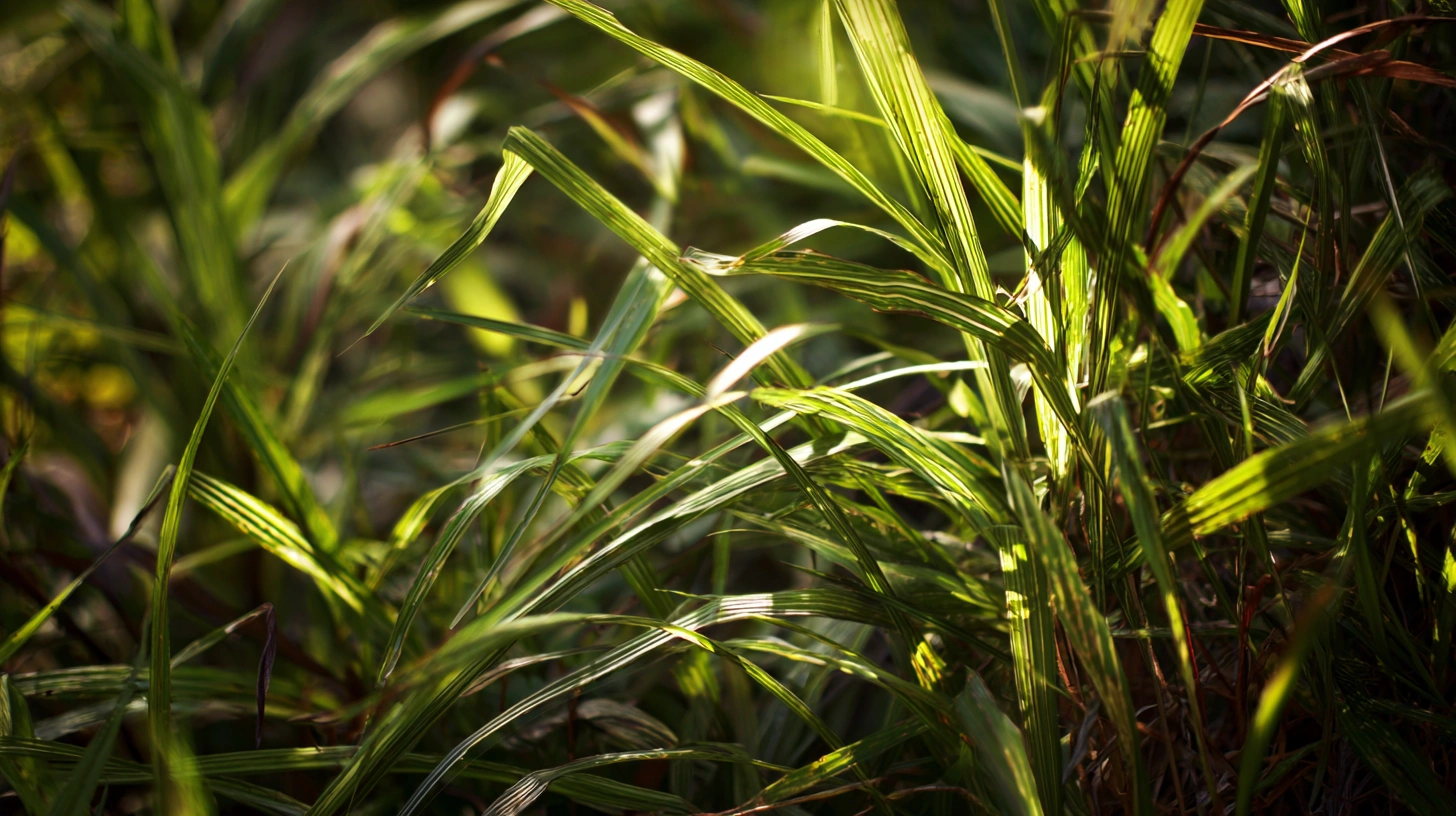Warm-Season Grass Identification: Southern Turf Types

Learn to identify the five main warm-season grasses in the Southern US and Central America for tailored mowing, watering, and fertilizing.
Warm-Season Grass Identification for Southern Lawns
Introduction
Ever squinted at your lawn, wondering "What grass do I really have?" Misidentifying turf can send you down a rabbit hole of wrong watering schedules, improper mowing heights, or fertilizer that misses the mark. In the hot, humid climates of Texas, Florida, Georgia, and beyond, five warm-season turfgrasses dominate: Bermudagrass, Zoysiagrass, St. Augustinegrass, Centipedegrass, and Bahiagrass.
By the end of this guide, you'll be able to spot each grass type with confidence--no microscope needed. We'll cover blade texture, growth habits, and the telltale runners (stolons and rhizomes) that set these species apart. Armed with that knowledge, you'll tailor your maintenance practices--mowing, irrigation, fertilization--to what your lawn really needs.
Why Correct Grass ID Matters
- Proper Mowing Height: Each grass thrives at a specific deck setting. Cut too low and you stress some species; too high and you promote disease in others.
- Targeted Watering: Warm-season grasses follow a C4 photosynthesis pathway. Understanding their water-use efficiency ensures you don't over- or under-water.
- Fertilizer Selection: Slow-release nitrogen works wonders on some species but can burn others if overapplied.
Key Traits to Look For
When you're identifying warm-season grass, pay attention to blade width, tip shape, color, and how the plant spreads.
Bermudagrass
- Blade: Fine to medium (about 1/8" wide), sharply pointed tip.
- Color: Deep, vibrant green.
- Growth Habit: Aggressive, forms a dense mat.
- Spread: Above-ground stolons and underground rhizomes.
- Uses: Lawns, sports fields, golf courses.
Zoysiagrass
- Blade: Fine to medium (<1/8"), stiff and needle-like.
- Color: Medium-dark green.
- Growth Habit: Slow-growing, dense carpet.
- Spread: Stolons and rhizomes.
- Uses: Lawns, moderate shade areas, golf fairways.
St. Augustinegrass
- Blade: Coarse, broad, with a rounded tip.
- Color: Dark-blue green.
- Growth Habit: Thick, carpet-like sod that tolerates shade.
- Spread: Above-ground stolons (no rhizomes).
- Uses: Residential lawns, shaded coastal sites.
Centipedegrass
- Blade: Medium-coarse, narrow, pointed tip.
- Color: Light green.
- Growth Habit: Low-growing, dense turf.
- Spread: Stolons only.
- Uses: Low-maintenance lawns, sandy soils.
Bahiagrass
- Blade: Coarse, V-shaped, flat.
- Color: Light-medium green.
- Growth Habit: Open, upright growth.
- Spread: Rhizomes (no stolons).
- Uses: Roadside utility turf, low-input areas.
Ready to transform your lawn?
Get personalized AI guidance for the perfect lawn. Download Grassmaster Gus now!
Understanding Runners: Stolons vs. Rhizomes
- Stolon: A stem that runs above soil, rooting at nodes. Look for aboveground runners weaving through the turf.
- Rhizome: A subterranean stem that spreads underground. You'll need to part the sod slightly to spot these hidden runners.
Seasonal and Regional Tips
- Active Season (Late Spring-Summer): Diagnostic traits are most visible when grass is actively growing.
- Dormant Season (Winter): Colors dull, and some grasses may go brown. Save ID efforts for warmer months.
- Local Extension Offices: If you're still unsure, take a close-up clipping to your county extension office or use an online tool like the USDA Grass ID Guide.
Next Steps After ID
- Adjust Mower Deck: Set blades at species-specific height (e.g., Bermudagrass at 1-2"; St. Augustine at 2.5-4").
- Tailor Irrigation: Warm-season grasses generally need about 1" of water per week, applied deeply.
- Choose Fertilizer: Use a slow-release, low-phosphorus fertilizer in early summer; avoid high-nitrogen formulas on shade-loving species.
- Monitor for Pests and Diseases: Proper ID helps you recognize common issues. For instance, St. Augustinegrass is prone to brown patch in humid zones.
Conclusion
Getting your grass ID right is the cornerstone of successful lawn care in the Southern US and Central America. Once you've matched your turf to its correct species, you can fine-tune mowing heights, watering routines, and fertilization plans--no guessing needed. Roll out your mower with confidence, set those irrigation timers, and watch your lawn thrive under a program built for the grass you actually have.


